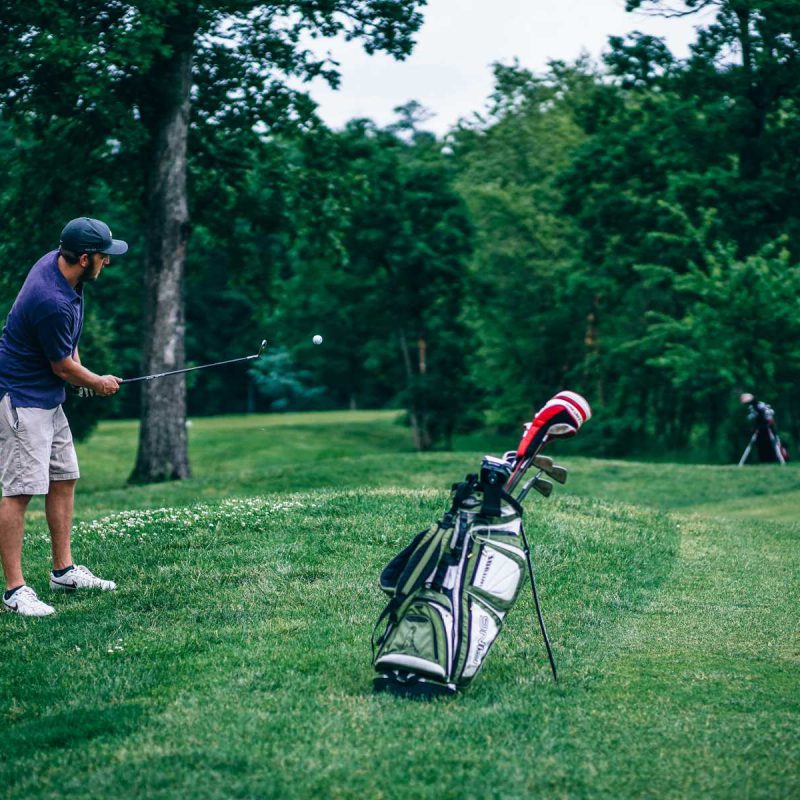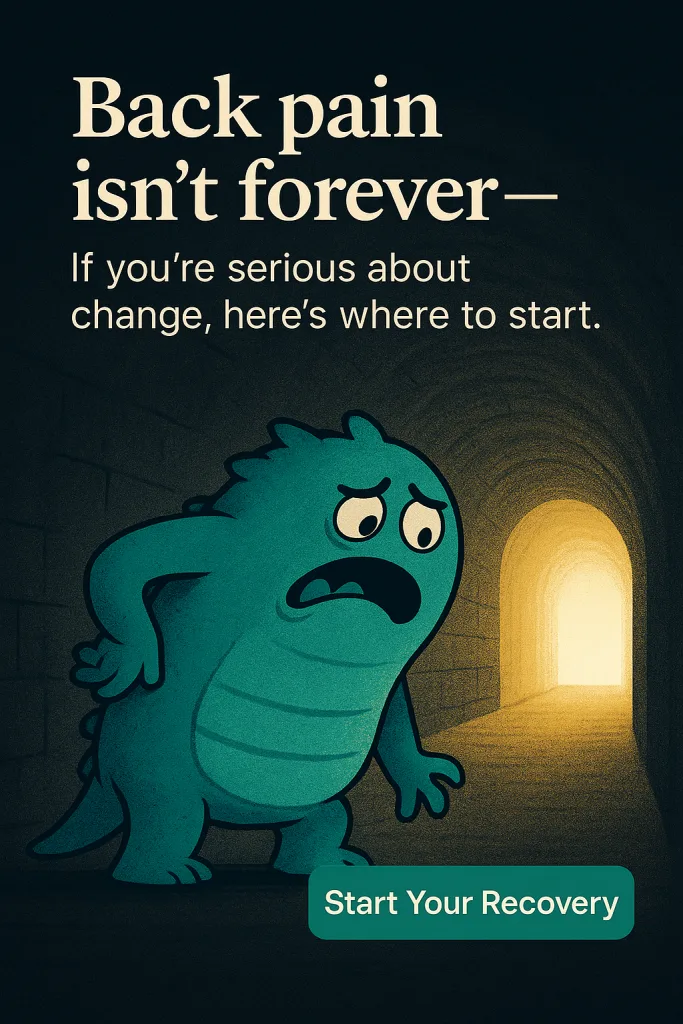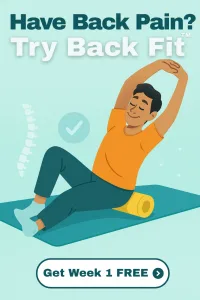Lower back pain is the most common complaint that we manage in the clinic and is by far the most common injury that golfers suffer from. There are estimates that up to 50% of golfers will suffer from back pain and that back pain accounts for approximately 25% of all golf injuries. Given the popularity of the sport, this means a lot of golfers are in pain. Far from ideal as there is no one as unhappy as a golfer who is unable to play!
What are the causes of back pain in golfers? Although the source of the pain might be coming from the back the cause can be elsewhere. This means that the lower back is being strained as a consequence of something else. Some common contributing factors are a lack of flexibility in the hips and back, reduced control of the pelvis and poor technique.
Golf is obviously a sport that requires a lot of rotational movement and force. Most of this rotation should come from the hips and thoracic spine (middle part of our back). Due to the anatomy of the lower back it is primarily designed to flex and extend and not rotate. If you are restricted in your hip or thoracic spine this can increase the strain on the lower back, which can lead to pain developing. Similarly, if you lack ability to control and stabilise your pelvis while swinging this can also excessively increase the stress on your lower back. The lack of control commonly comes from a weakness of the glute and abdominal muscles. Poor technique could also play a role in the lower back being overworked. It is possible to pick up bad habits, especially if we are self-taught. If you think your technique might be an issue then it would be worth seeking the advice of your local golf pro.
If you are currently suffering from back pain then it would be worth seeking physiotherapy input to identify the cause of the problem and to find ways to reduce your symptoms. You might also need to temporarily rest from provocative activities to facilitate recovery. In order to reduce your risk for getting back pain then doing a programme of hip/ spine flexibility and core/ pelvis strengthening exercises would be useful. We don’t need to be like Rory McIlroy and hit the gym everyday but spending 45 minutes twice a week on this work would be enough.
Another helpful way to reduce injury risk is to watch you don’t start hitting an excessive number of balls compared to what you are used to, especially if you’ve had a break from playing (e.g. if you normally hit 100 balls a week at the range don’t suddenly ramp up to 200 a week). Doing too much too soon is a common situation that leads to injury. Build up more slowly and this gives your body time to adjust to the strain you’re putting on it.
Sticking with this advice won’t just reduce your risk for getting back pain but it might also help your performance out on the course! At Life Fit we have physiotherapists who are expert in managing back pain and we run a ‘Fit for Golf’ class during winter months to help target some of the areas mentioned above.
Emmet Kennedy, Chartered Physiotherapist.












